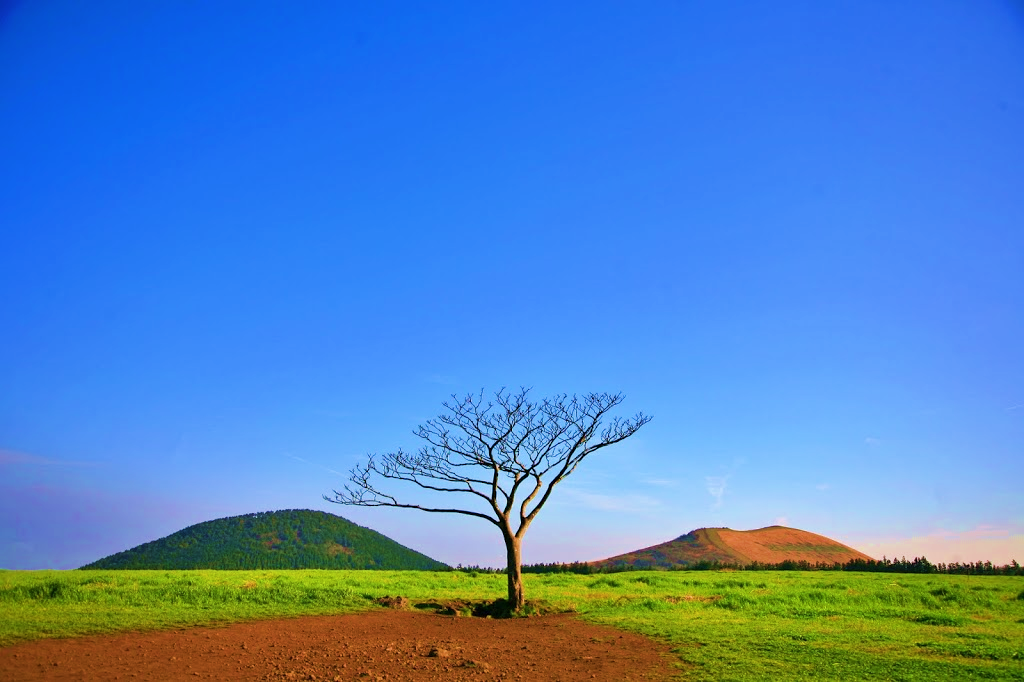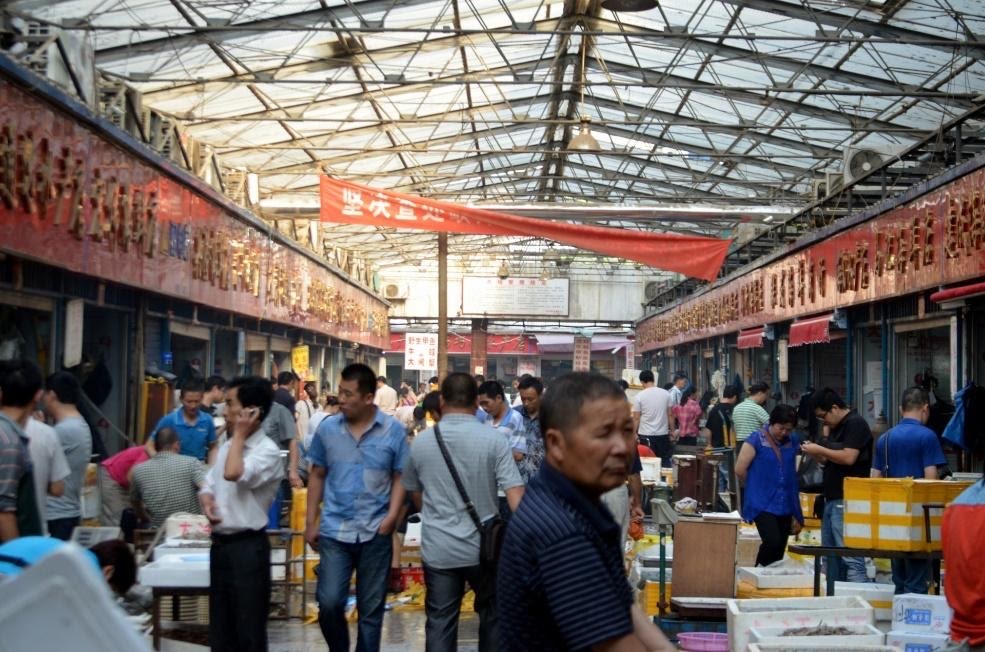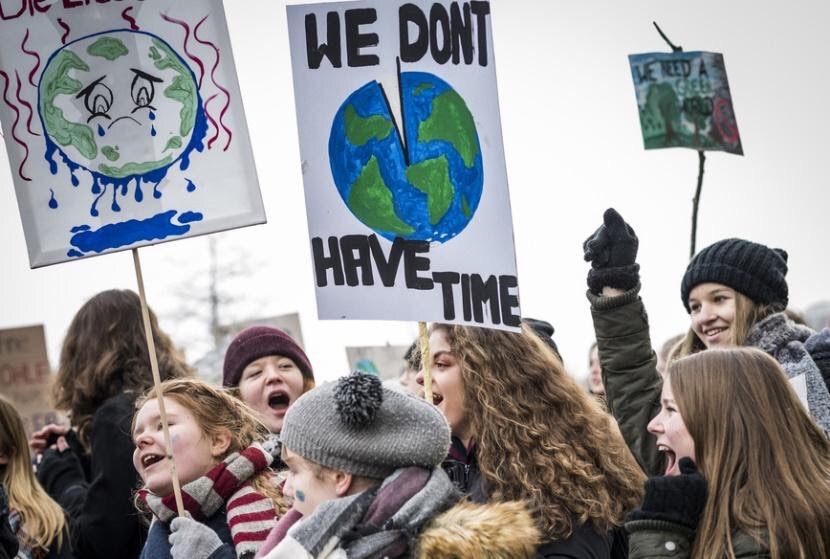
“Covid-19”, “Coronavirus”, “Virus”, “Pandemic”… We have been hearing these words constantly since the beginning of 2020 and it seems likely that we’ll be hearing it again for at least another year.
As the world is trying to get used to this concept of a pandemic, governments are facing challenges unlike any before. People are still struggling to hold down jobs, and are still limited with their day-to-day activities. Many questions about the future rest unanswered, and norms are changing. This pandemic has inherently put the world in an uneasy mood by engendering a hopeless and chaotic environment; yet this pandemic also has the potential to give us real hope about the future and serve as a milestone for a better era for humanity.
When the “sitting-at-home quarantine” period started in March, it felt like someone had pushed the “stop” button on humanity. Yet, optimistically it has also given the world a chance to simply think and reflect. I remember thinking “Is this real?” “How did this happen?” “Is this going to end?” which concluded in me realising “this is earth’s way of transmitting some kind of message.” As delusional and deterministic as it sounds, science has suggested valid explanations on how coronavirus is related to humankind’s destruction and exploitation of nature, a.k.a. the “climate crisis” (as we call it nowadays), so I wasn’t so wrong to believe that this pandemic meant for something more than a healthcare crisis.
Soon after that, reports from WWF and other environmental NGO’s confirmed a direct connection between the pandemic and the climate crisis, which confirmed my theory that this was more than a healthcare crisis. As I started to dig more into it, I realized that a “simple connection” wasn’t enough to describe the relationship between the pandemic and the climate crisis, “a multi-dimensional relationship” was much more like it. So, in this article I would like to explore the relationship between the two crises in depth.
Let’s start by better understanding the cause and effect relationship between the climate crisis and the coronavirus.
The horrible effects of humankind on our planet has never been clearer to see. Deforestation, global warming, air pollution, biodiversity loss, exploitation of natural resources are just some of the contributors to the climate crisis. WWF recorded an average 60% decline in global populations of mammals, fish, birds, reptiles, and amphibians since 1970 while about 17 percent of the Amazonian rainforest has been destroyed over the past 50 years, and losses recently have been on the rise. Disruption of ecosystems, deforestation and loss of biodiversity have-by far- played the most important role in setting the ground for a pandemic.
How?
As we started to wipe out ecosystems many species were displaced – the main reasons of this displacement being deforestation and illegal trade of wild animals, which led them to live closer to human made habitats. On top of that, as a result of over population and overconsumption, humans explored different ways to nourish themselves which also disrupted ecosystems and food chains. Consequently, being more exposed to wildlife than usual, increased the risks of disease transmission between humankind and animals, scientifically called zoonosis. The coronavirus is the most recent example of zoonosis, when –allegedly- a bat transmitted the coronavirus to a human in a wet market. Looking back at history, there are other examples of zoonosis such as Influenza, Ebola, Malaria, Salmonella etc. whom also had noticeable lethality rates.

The scary part is that we can be assured that diseases caused by zoonosis will multiply if we fail to restore ecosystems and change consumption habits. Until we do so, the world is said to be at risk of experiencing more pandemics and health crises.
Having understood the cause and effect relationship between Covid-19 and the climate crisis, it’s important to look at another aspect of this relationship; what can these crises learn from each other?
A crisis usually requires urgent response. However, taking a look at both of these crises, we observe different response levels. Since its beginning in February, governments have underwent drastic changes and took immediate action concerning the pandemic. This shows that in case of emergency, the world is capable of taking such drastic measures, sometimes ones beyond imagination. Except that the climate crisis didn’t receive half the response that the pandemic did. It’s true that the context of the pandemic and the climate crisis are nowhere the same, but both being classified as a “crisis,” they require a similar response.
I would like this to come off not as an accusation to governments, but as criticism, or a chance to learn. Seeing how well the world has responded and managed a health crisis, it’s time we use the same tools and approaches in handling the climate crisis.
Another lesson to learn from the management of the pandemic is prevention. As humans, we often believe it when we see it, which is a dangerous mentality to have if we are talking about prevention. In the case of this pandemic, the severity of the situation wasn’t recognized until hospitals were maxed out to their capacity and until all countries started to announce cases. In other words, no one took action before it all hit rock bottom. The climate crisis has nearly hit its rock bottom, as scientist say there is limited time to reverse climate change and very little time to restore biodiversity. While early intervention can save the future, late intervention can ruin it permanently.

The last point I would like to touch on merges the two relationships we established in this article. After seeing how the climate crisis is one of the major contributors to the pandemic, and witnessing, first-hand, a worldwide crisis and seeing what can we can learn from it, this leads us to question the future. Are we ready to incorporate what we have learned into creating a better and greener future? What does a greener future even mean? Or is it even possible?
There are countless scenarios on whatever the future might hold, but the current global economic context leaves us with a lot of question marks regarding how capable governments are in funding greener, more sustainable solutions and transformations. Another thing that pops up is how well the current political context will meet the standards in making environment a priority. Despite all question marks, being an optimistic environmentalist, I see no reason how a greener future can make the world worse than it is right now and neither should you. Now, it’s up to us, to reflect on the pandemic -that is still ongoing- as an experience that we can all learn from, and use better strategies to manage and better understand the out-of-sight yet still strongly existent climate crisis.
“The Earth is a fine place and worth fighting for.”
– Ernest Hemingway
…
This article was written by guest writer Selin Öztunçman. Selin is a senior in Saint Benoit French High School. She is an aspiring journalist, who usually writes opinion pieces about current global issues. She also has an interest in documentary making and investigative journalism. She describes her self as a nature enthusiast and a sports lover who loves traveling. You can follow Selin on her Instagram or check out her blog.
…
If you would like to write an article for 9 Magazine, feel free to pitch your idea via email or Instagram DM.
